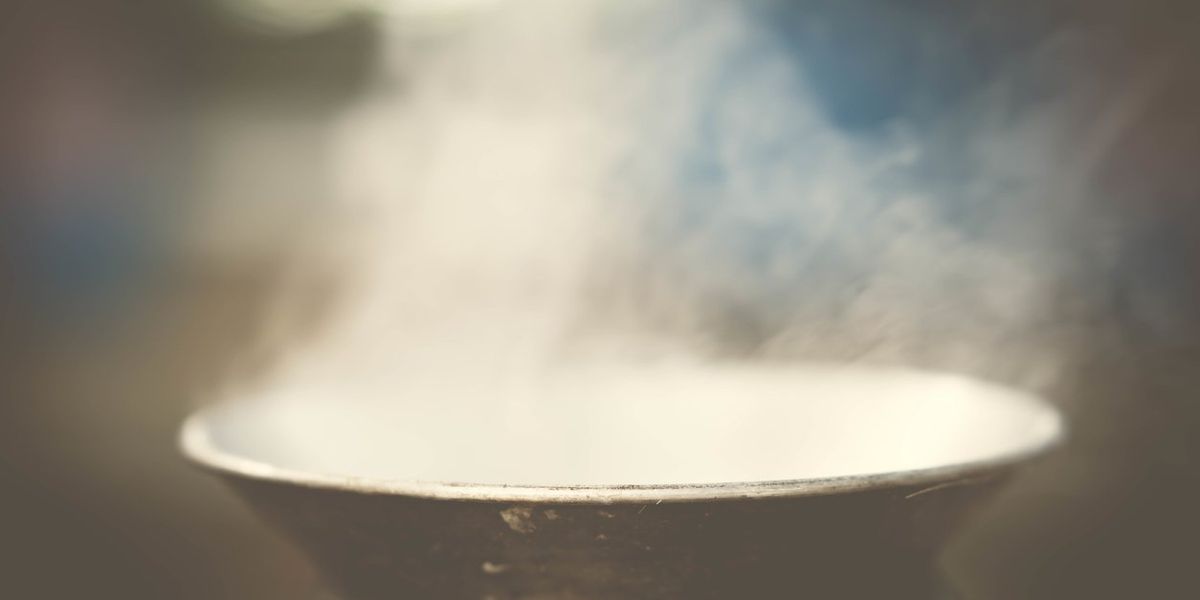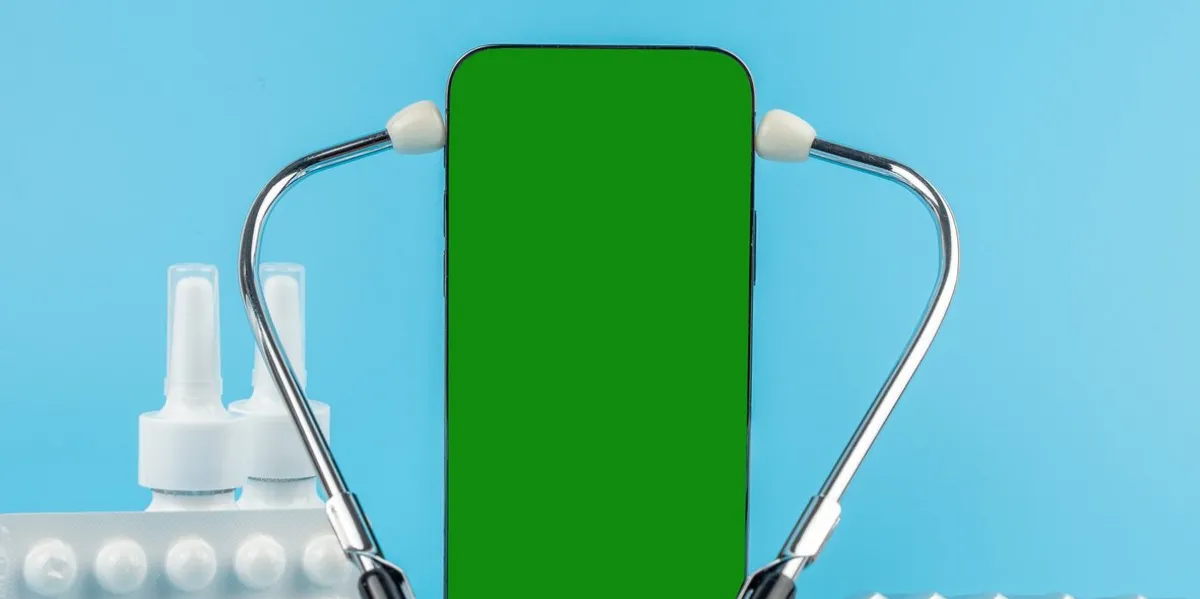“], “filter”: { “nextExceptions”: “img, blockquote, div”, “nextContainsExceptions”: “img, blockquote, a.btn, a.o-button”} }”>
One day while waiting for the bus, Mireille Siné noticed her hands were freezing. This was strange because she happened to be holding a thermos of hot coffee, and it was a warm summer day in Southern California. Siné, who at the time was 21, shrugged it off—a weird one-off occurrence. But this incident was just the beginning. Throughout that summer, Siné’s hands felt cold more often, and sometimes they even got so cold they looked blue. Other symptoms began to appear: her hair shed more than usual, her joints hurt, and three fingers turned black. Siné took to wearing gloves so as not to freak people out. Her hands were so sensitive that running cold water over them caused pain. Sometimes, the pain got so intense she went to the ER, but doctors couldn’t figure out what was wrong with her.
Finally, a year and countless tests later, a diagnosis: lupus, a chronic autoimmune disease that affects a person’s joints, skin, and organs, including the kidney and heart. Siné took a semester off from her studies at Cal State Long Beach and endured six months of chemotherapy (used for severe cases of lupus to suppress the immune system and help manage the condition). She was sidelined from physical activity for two years as she underwent a slew of medications and dietary adjustments to get her condition under control. For the exercise science major who had always loved movement—ballet as a child, track in high school, and short-distance running and the gym in college—losing access to physical activity was difficult.
Returning to Running
When Siné was finally cleared to exercise in 2015, she started running again. Her first runs took place around Walter Pyramid, her school’s bright-blue sports arena. Running was initially so painful Siné could only run one side of the pyramid at a time. That was 345 feet. Run. Walk. Run. Walk. But over time, the running distances got longer, until finally she could run three miles. She started attending group runs, too, finding the support and camaraderie of other runners invaluable to rebuilding a strong, healthy version of herself.
The following fall, Siné decided to run a marathon. She knew the intensity of training to run 26.2 miles would be a challenge for anyone, but particularly for someone with lupus. Stress is the biggest trigger for lupus, which can go into remission when managed, but can always flare again. She wasn’t sure if she could train sufficiently without triggering a flare. But she knew she had to try. For Siné, pulling it off—and running the race—would be akin to beating her condition. And she did, completing the L.A. Marathon in the spring of 2017.
Siné loved training and learning about endurance running—how to fuel, how to do speed work, when to recover, and more. It all felt so wonderfully distant from life as a sick person, which had been full of doctor’s appointments and tests and medications. She loved the training process so much that she signed up for a second marathon before she even ran her first.
A Coach and Role Model
Since then, Siné has run ten marathons and numerous trail ultramarathons. She’s also become an ambassador within the sport, pushing for more representation for Black runners, and has been profiled by running publications, such as Trail Runner. Last year, she began coaching and quickly picked up a full roster of athletes, many of them women of color. Instead of a massive social media following, Siné’s appeal as a role model seems to come from the authenticity and storytelling on her Instagram account, where she openly shares her experiences as an endurance athlete with an autoimmune condition, and an ambassador for diversity and inclusion.
Both callings are rewarding, though not always easy. In late October, Siné ran in her first multi-day race as part of a group of women attempting to run 340 road and trail miles from Boston to New York over 11 days. Siné was drawn to the physical challenge and also the opportunity to represent Black women for this momentous run.
There were many empowering aspects of the experience, she says—like learning she could run 15- to 32-mile days back to back. But the trip was at times isolating, too, as the group ran through small, conservative towns along the Appalachian Trail, where locals flew Blue Lives Matter flags. As the only Black runner in the group, Siné wondered if these sights affected the other runners like they did her. On the trail especially, she missed the familiarity of a diverse urban environment, though she wasn’t quite sure people understood the complicated reasons why she said “I really just want to see skyscrapers” in one video segment. When she got a cold partway through the trip and had to take a day off, she struggled with the sense that she was letting people down. “Knowing I’m the only Black girl, there’s that fine line between being the first and having that be enough,” she says, “and just wanting to kill it ‘cause you are the first.” Ultimately, she would run 197 of the 340 miles. She laughs when she’s reminded that in a single day she was running distances it takes most people months to train for. “I guess that’s true,” she says.
Running with an Autoimmune Disease
In the past year, Siné has had to grapple with a new flare-up of her lupus, and what that means for her as a runner. She’s now trained for two marathons—the California International Marathon in fall 2021 and Berlin this September—while struggling with the gained weight and loss of both endurance and speed that have accompanied her condition. At times, she’s had to go back to the run-walk method, and she’s back on medications after successfully weaning herself off of them years ago. One particular challenge is that her disorder, like many autoimmune conditions, is invisible to others. At group runs, she says, “to other people I look fine, but internally I’m just gasping, suffering, just trying to just make it through the workout.” All of this is frustrating after so much progress in both running and overall health since her diagnosis.
Siné is learning to shift her mindset. “I had to slowly move away from the identity of being that fast, always-fit athlete,” she says, “towards the idea that showing up is going to have to be enough for now.” On days she isn’t keeping up with the group, she tells herself she’s just building back up. She doesn’t know how long it will take to get back to where she was, or if she’ll ever get back. Maybe she’s on her way to becoming a different kind of athlete, she says.
No matter what, she’ll always be a runner. Next year, Siné looks forward to spending some dedicated time training for 5Ks and 10Ks, in part as a way to build her speed back, but mostly because training for those shorter distances is something else she’s never done before. As an athlete she’s curious, she loves to try new things. “That’s the fun part,” she says.
Being an athlete with a chronic condition that can come roaring back at any time has helped Siné overcome a tendency to be more timid and reserved in her decision making—something she struggled with in her youth. Now, she says, “I don’t know what tomorrow will bring, so I may as well do the things I like now.” This is a truth, she says, not just for people who have lupus, but for all of us. “Anything can change tomorrow,” she says. “Say what you gotta say, do what you gotta do. Do it now.”
Under Armour, Inc., headquartered in Baltimore, Maryland, is a leading inventor, marketer and distributor of branded athletic performance apparel, footwear and accessories. Designed to empower human performance, Under Armour’s innovative products and experiences are engineered to make athletes better. For further information, please visit the Under Armour website.





